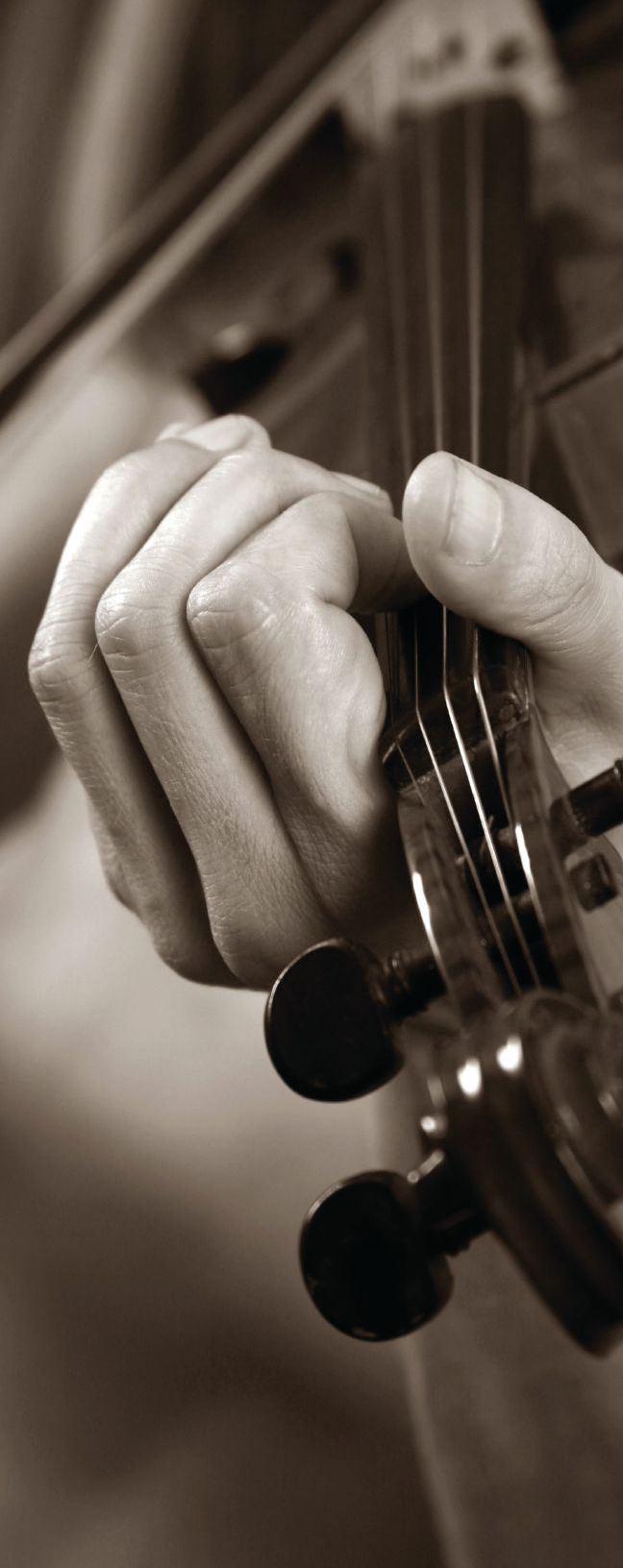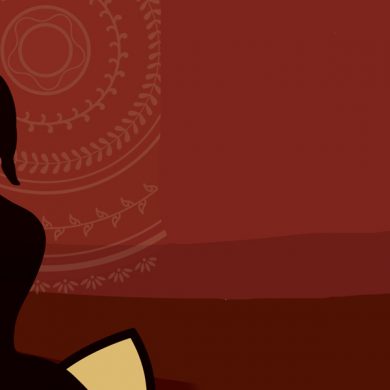Last summer, I was staying with my sister Kate in rural Donegal, in the West of Ireland. One morning, I heard my brother-in-law, Sean, playing Irish fiddle while my niece played penny whistle. I stepped into the room and began accompanying them with claps. “I know that song, The Irish Washerwoman,” I remarked. “I must have played it long ago for my violin grade exams.” At that, Sean thrust a fiddle into my hands. “Play it! Play The Irish Washerwoman!”
Sean had thrown me a challenge. True, after years of instruction and thousands of hours of practice, the violin wasn’t exactly new to me. But there had been a multi-decade gap since my violin student days. And, even for an adept classical violinist, Celtic fiddle is a chance to begin anew, with fresh styles and techniques. Would I take up the challenge and make room in my already full life for something new and different? Or, once I returned to my normal routine in America, would I go back to ‘business as usual’? Would Irish fiddle be anything more than a holiday fling?
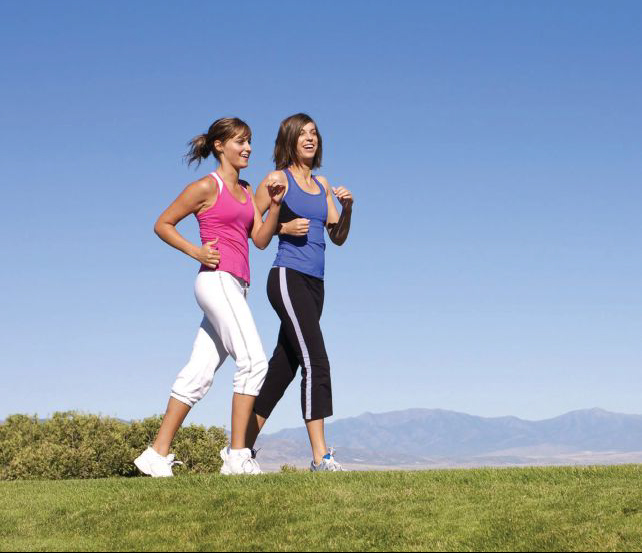
What makes us respond to new challenges? And what holds us back, keeps us in the same rut, doing things because we always do it that way? When we take on something new or do things differently, our entire mind-body complex has a chance to grow, developing fresh roots and branches. Underused muscles are trained, fresh synaptic connections made, new friendships created. If the call of the new is relocation or travel, new vistas open up to us. If we undertake something novel in our current location, we discover unforeseen venues and social circumstances, experiencing our old hometown in a different way.
Yet paradoxically, we may be avoiding new challenges precisely because of the potential benefits they offer. More often than not, we cling to old patterns that have long reinforced our sense of identity—ahamkar, the illusory identification. We hold these patterns in our musculature, resisting the new yoga class or exercise routine that could help to re-pattern us. We cling to old emotions in our fat, continuing to eat the comfort foods that fill our fat cells. We create routines and thought patterns that may not serve us but promote our sense of me and mine. “Me, I’m so busy. Me, I’m so overworked. Me, I’m so undervalued. Me, I’m so important.”
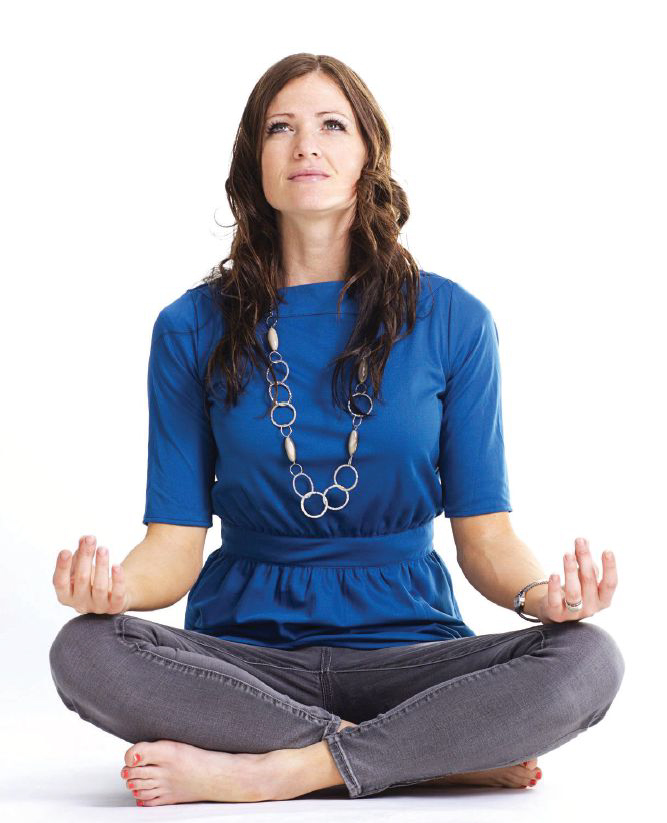
Opening ourselves to new challenges and letting go of old patterns are two inner revolutions that go hand in hand. We need to let go of habits that don’t serve us in order to make room for new interests and activities. And we need fresh stimulus and new input to divert us from the deep-rooted road of old habits. For example, we could take a morning walk with a friend instead of meeting that friend for coffee. According to Ayurveda, unhealthy habits are best reduced gradually and healthy habits are best introduced slowly. If we typically eat out, we could begin by planning one day a week to cook. Perhaps we cook with our significant other as a social activity and enjoy a meal together. Gradually we acquire kitchen utensils and ingredients and begin collecting recipes. The food is better and less expensive and soon we are cooking twice a week, then three times a week. Cooking becomes a hobby, then a passion and eventually we find we have become a gourmet cook and we’re giving dinner parties and organizing potlucks. now eating out is just an occasional treat and home-cooked food is our lifestyle. We have a new skillset and a deeper appreciation for food and eating.
Although there can be many benefits to taking on a new challenge, not everything that is novel is necessarily beneficial. As we all know, “new!” is a favored hype word in the world of marketing. As a society we have taken on an attitude of “because we can.” We have dammed rivers, built vast cities, conquered space, split the atom, cloned sheep and genetically engineered our food “because we can.” When faced with the opportunity to get out of a rut or break a pattern, it’s important to ask why. What is the benefit of this new activity? For people leading a mediocre and stultifying life in the late fifties and early sixties, “wife-swapping parties” came into vogue—still known and practiced today as the Swinging lifestyle, perhaps because the latter phrase sounds less sexist than ‘wife swapping,’ which implies that women are property. no doubt swinging is challenging, at least at first, and no doubt it is perceived as something new. The question is—does it benefit? Is it a challenge worth taking?
Opening our lives to new challenges requires discrimination as well as willingness and perseverance. In Vedic dharma we are taught that there are four legitimate aims of life— dharma, artha, kama and moksha. Of these aims of life, artha or wealth and kama or pleasure are pursued under the umbrella of dharma, that is, in accordance with the divine order, or in alignment with the true nature of things. dharma is an overarching principle that invites us to free ourselves from the sway of craving, anger and ignorance. dharma can only be set aside when we enter the dynamic of moksha or liberation. Within the dynamic of moksha, our whole being is consumed by the passion for the welfare of all. Rules no longer apply only because we have no inclination at all to do anything that would harm another being. As St Augustine said, “love and do what you like.”
In the two examples given above, home cooking and ‘wife swapping,’ kama or the pleasure principle is involved. Once we begin to derive pleasure from cooking at home, we want to do it more and more. This starts to benefit our health, our pocketbook and our relationships, as we take up the challenge of pursuing kama in accordance with dharma. In the “wife-swapping” example, there is an opportunity to pursue kama outside dharma. Fuelling our craving, we soon become satisfied only by more and more extreme stimuli, becoming enslaved to that which we supposed would “free” us.
 The call of the new can be the clarion call of awakening or the siren song of seduction. When our life is shallow, when we live on the surface and lack meaning, we yearn for the new, yet we often choose the siren’s song to lull us into sleep amid the mediocrity. Instead, we can hold ourselves ready for invitations to deeper meaning. Sometimes, “do what you most fear to do,” can be a good guideline; inviting courage, revealing a profound challenge that leads to growth. Overcoming our fears and limitations, we become stronger and fuller, living life with more depth and enthusiasm. But first we need to check in and see what part of us is fearful. There is no need to do what our conscience fears, but every reason to do what our old patterns dread.
The call of the new can be the clarion call of awakening or the siren song of seduction. When our life is shallow, when we live on the surface and lack meaning, we yearn for the new, yet we often choose the siren’s song to lull us into sleep amid the mediocrity. Instead, we can hold ourselves ready for invitations to deeper meaning. Sometimes, “do what you most fear to do,” can be a good guideline; inviting courage, revealing a profound challenge that leads to growth. Overcoming our fears and limitations, we become stronger and fuller, living life with more depth and enthusiasm. But first we need to check in and see what part of us is fearful. There is no need to do what our conscience fears, but every reason to do what our old patterns dread.
“Opening our lives to new challenges requires discrimination as well as willingness and perseverance.”
Summer is a wide-open doorway to the new, affording longer days, more opportunity to be outdoors and more chance to travel, experiencing new scenery or connecting with family and friends we rarely see. This is a time to experience a sense of willingness to take on new challenges, readiness to encounter what these challenges bring up and discrimination to discern how to respond to the various challenges and invitations that present themselves. Is this a life-giving opportunity or a diversion from our path? later, as the days start to shorten and we resume our daily routines, we will need steadfastness and perseverance to make these new experiences a regular part of our life.

Months after my visit to donegal, I’m still practicing fiddle daily and connecting with Sean for lessons. despite all the difficulties of taking on something new, I am making time to renew my childhood love affair with the violin. I’m gaining upper body strength, honing my musical skills, nourishing my Celtic roots, and making some great new friends. Slowly I’m overcoming performance anxiety and letting go of the fear of failure. I have a wonderful new stress release activity at the end of a busy day. I’m glad I took up a challenge last summer, because it has brought more joy into my life!
“When we take on something new or do things differently, our entire mind-body complex has a chance to grow, developing fresh roots and branches.”
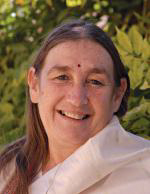 Alakananda Ma graduated as a physician from St. Bartholomew’s Hospital Medical College. In 1980, she embarked on a five-year spiritual pilgrimage in India, meeting her Ayurveda teacher, Dr. Vasant Lad. One of the first Western physicians to dedicate her life to Ayurveda, Ma has been practicing Ayurveda since 1989 and is the principal teacher of Alandi Ayurveda Gurukula. alandiashram.org.
Alakananda Ma graduated as a physician from St. Bartholomew’s Hospital Medical College. In 1980, she embarked on a five-year spiritual pilgrimage in India, meeting her Ayurveda teacher, Dr. Vasant Lad. One of the first Western physicians to dedicate her life to Ayurveda, Ma has been practicing Ayurveda since 1989 and is the principal teacher of Alandi Ayurveda Gurukula. alandiashram.org.

